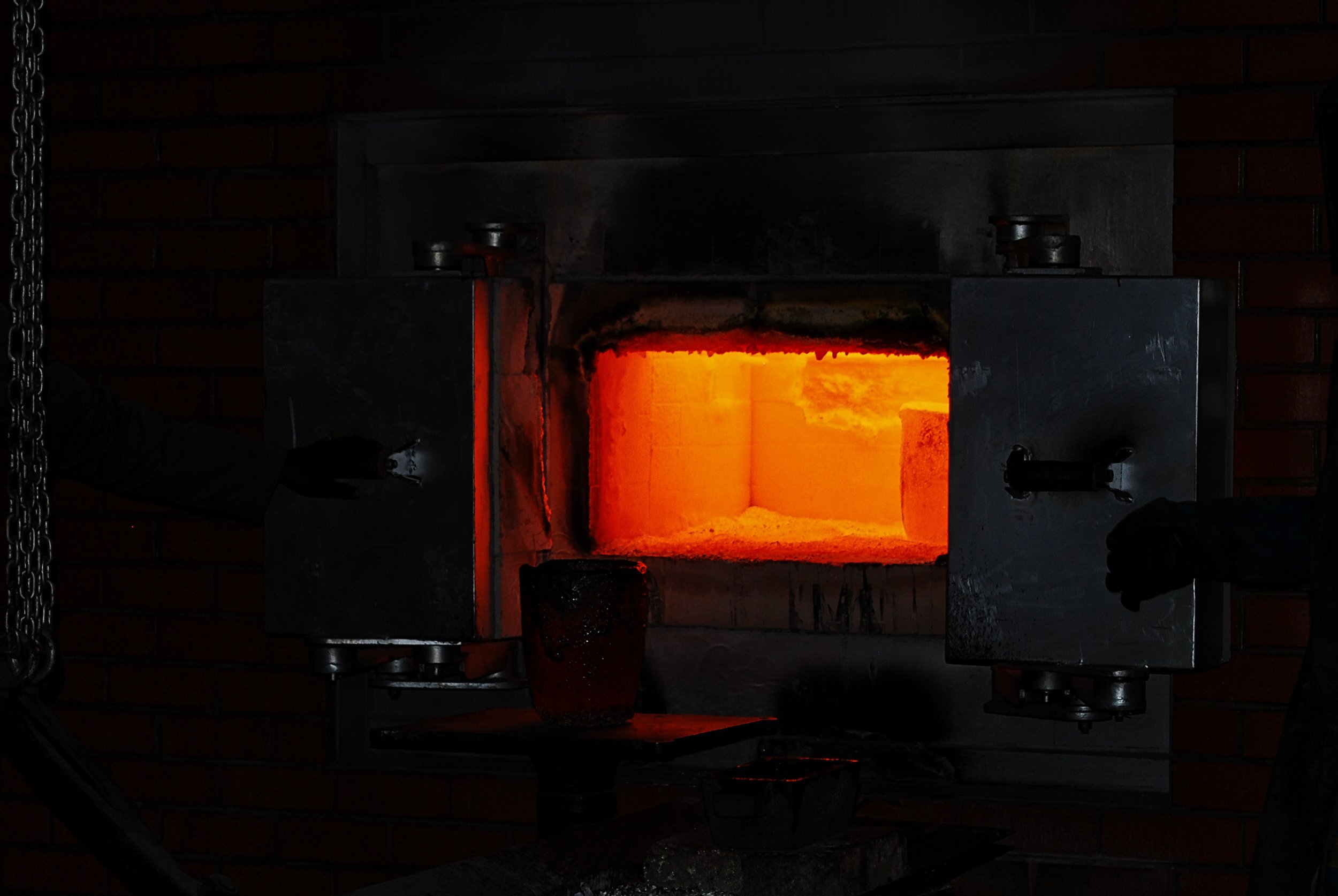What is cryogenic Treatment for knives and why is it used
Welcome to Flames and Blades: A Blog for Blacksmith and Bladesmith Enthusiasts. Each week, sixth generation blacksmith Jacob Phillips shares a little bit of knowledge and history. New articles arrive on Tuesdays and can be found at Jacob’s website or here on BDF. Check back each week for Jacob’s latest article!
Knives are an essential tool in many industries, and their performance is critical for efficient and safe operation. To enhance the performance and durability of knives, manufacturers have developed a process called cryogenic treatment. This process involves cooling the metal in a controlled environment to extremely low temperatures, which changes the molecular structure of the metal. In this article, we will explore what cryogenic treatment for knives is and why it is used.
What is Cryogenic Treatment for Knives?
Cryogenic treatment is a process that involves cooling the metal of a knife to extremely low temperatures, typically between -120°C and -185°C. The metal is held at this temperature for a specific duration, which allows the molecules in the metal to rearrange themselves and form a more uniform structure. This process is also known as cryo-treatment or cryo-processing.
The cryogenic treatment process typically takes place in a specially designed chamber that is filled with liquid nitrogen. The knife is placed in the chamber, and the temperature is gradually lowered to the desired level. Once the desired temperature is reached, the metal is held at that temperature for a specific duration. After the duration is over, the temperature is gradually raised back to room temperature.
Why is Cryogenic Treatment Used?
The primary reason for using cryogenic treatment on knives is to improve their performance and durability. The process of cryogenic treatment can significantly enhance the properties of the metal, making it more resistant to wear, corrosion, and deformation.
Cryogenic treatment can also increase the hardness of the metal, which enhances the knife's ability to hold an edge. This is particularly important in industries where knives are subject to heavy use, such as the food processing industry, where knives need to maintain a sharp edge to ensure efficient and safe operation.
Another benefit of cryogenic treatment is that it can reduce the risk of thermal shock. When a knife is subjected to rapid temperature changes, it can cause the metal to become brittle and crack. By subjecting the metal to extreme cold temperatures gradually, the risk of thermal shock is significantly reduced.
Cryogenic treatment is an essential process for enhancing the performance and durability of knives. By subjecting the metal to extremely low temperatures, the molecular structure of the metal is changed, resulting in improved properties such as wear resistance, corrosion resistance, and edge retention. This process is particularly important in industries where knives are subject to heavy use, such as the food processing industry. With cryogenic treatment, knives can maintain their sharp edge, ensuring efficient and safe operation.
This article is posted in partnership with Six-Gen Forge. Interested in reading more articles from Flames and Blades? Check out more blog posts here! New posts come out every Tuesday!
About The Author
More Flames and Blades











